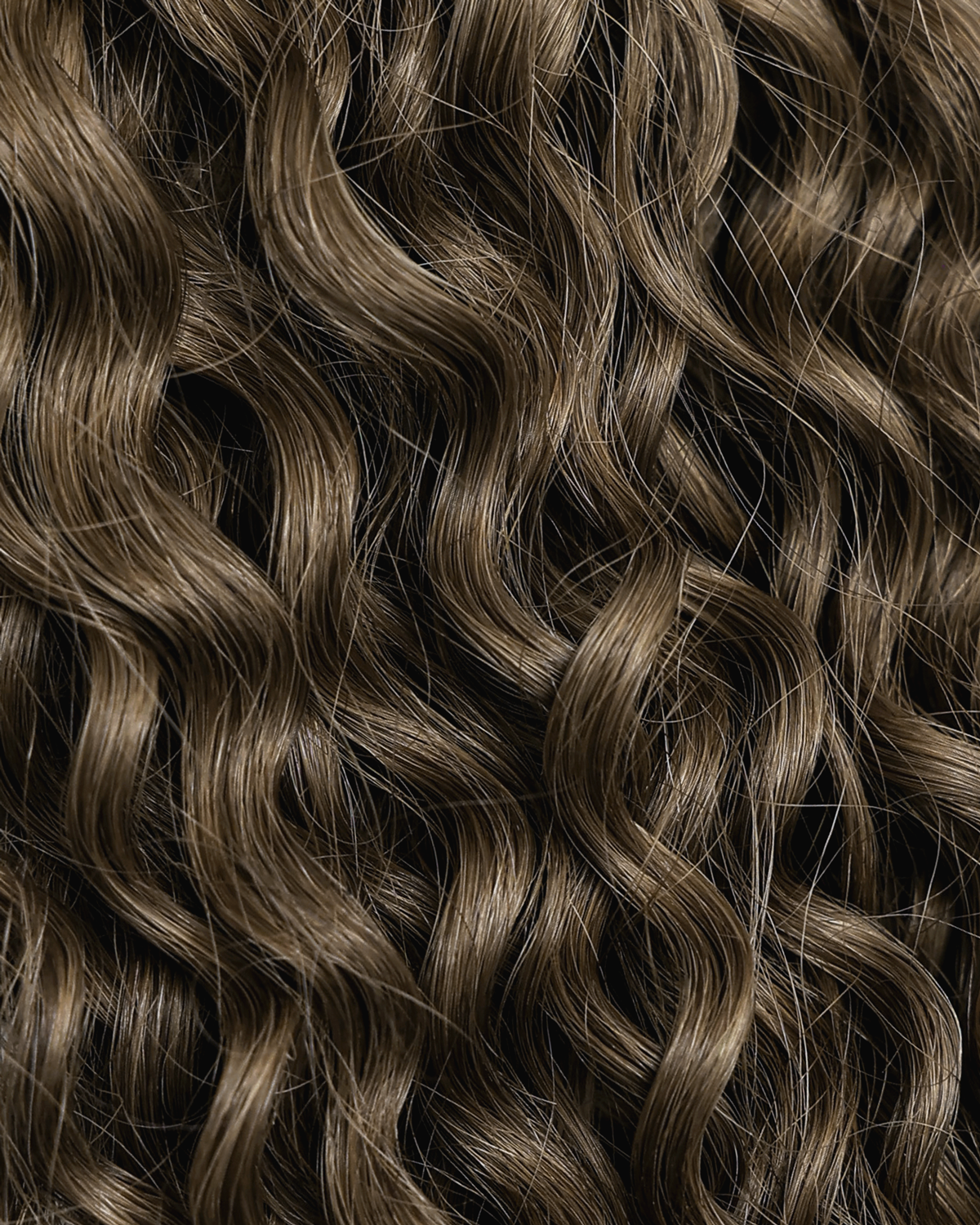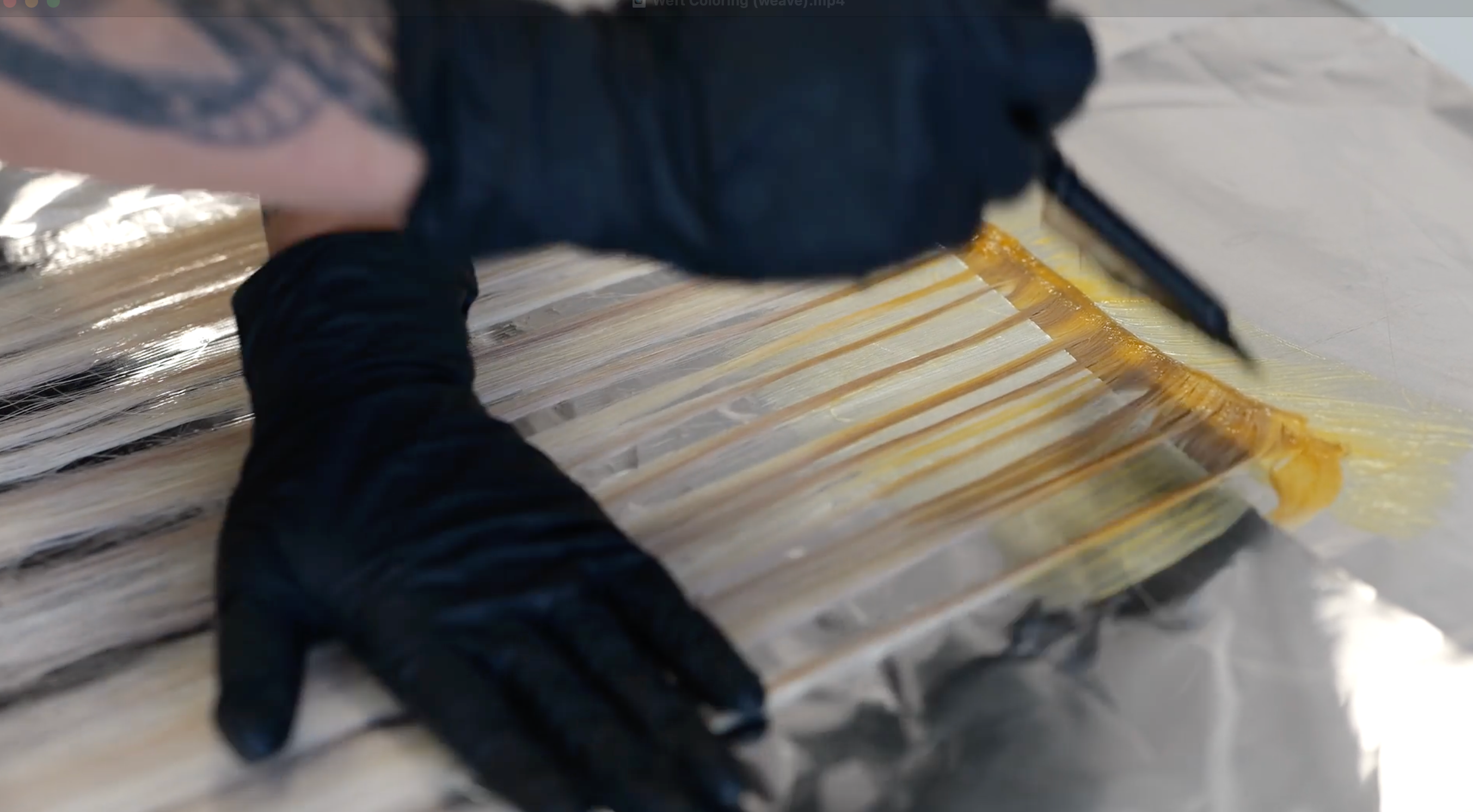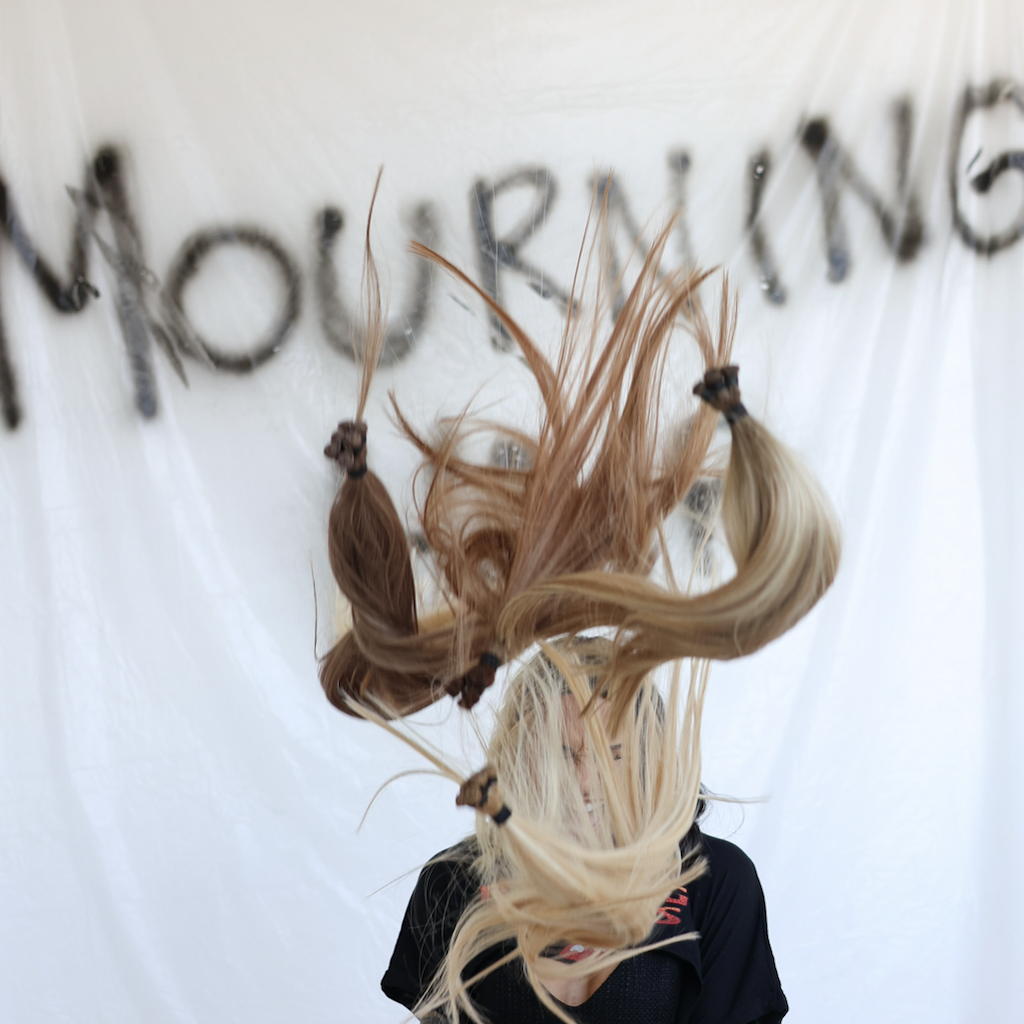Let’s debunk something real quick.
When a client’s curly extensions start feeling dry, brittle, or crunchy, most stylists go straight into rescue mode:
“Add more oil.”
“Slather on a protein mask.”
“Try a keratin treatment.”
But here’s the truth:
It’s not that you’re doing too little — it’s that you’re probably doing too much.
Curly Extensions ≠ Natural Curls
This is where things get tricky.
We love caring for natural curls. They need moisture, definition, and a solid routine. But when it comes to curly extensions? The rules shift.
These aren’t virgin strands. They’ve already gone through a processing phase — often involving texture-setting, coloring, and silicone treatments.
Which means treating them like untouched curls is where a lot of stylists go wrong.
What Curly Extensions Actually Need
Let’s break it down:
✔️ Moisture — not just oils
Extensions need water-based hydration first. Oils can seal that in, but slathering oil without hydration just locks in dryness.
✔️ Lightweight, non-smothering products
Heavy butters and oils can weigh down curl patterns, reduce bounce, and lead to buildup that feels stiff or greasy.
✔️ Absolutely NO protein-based treatments
This one’s big. Keratin masks, bond builders, “strengthening” anything? Avoid. Processed hair is often protein-sensitive, and extra protein leads to snapping, stiffness, and dullness.
Ani’s Go-To Curly Extension Care Formula
Until we drop our full product rec list (👀 stay tuned), here’s the simplified plan:
-
Use hydrating leave-ins and stylers — check the label for “moisture” over “repair”
-
Go light on oils, and always follow water-based hydration first
-
Read the label — if it mentions protein, keratin, amino acids, or “bond rebuilding,” skip it
Bottom Line?
Caring for curly extensions isn’t about doing more — it’s about doing smarter.
Keep it light, keep it hydrated, and skip the salon myth of “more = better.”
Your curls will thank you.
🖤 Ani
Founder, Mourning Hair




